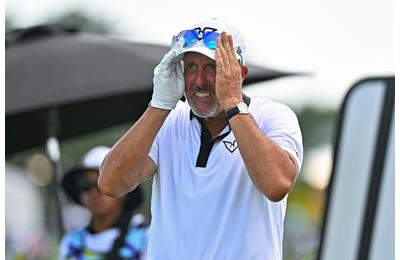LIV Golf makes fresh move for Official World Golf Ranking points
Written by Alex Perry on Friday 11 July 2025
OWGR chairman Trevor Immelman says the organization will review the submission from LIV Golf to “ensure fairness, integrity and consistency”. Maybe the reunification of golf is not that close after all after it was revealed on Friday that LIV Golf has once again applied to be included in the Official World Golf Ranking system. A statement from the OWGR’s new chairman, Trevor...



















